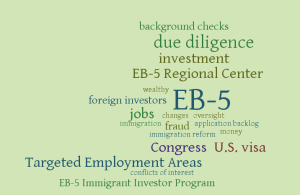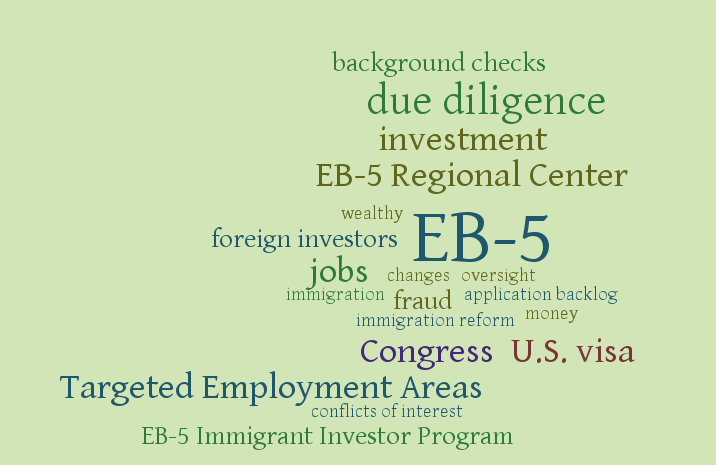 The EB-5 Immigrant Investor Program was once again extended through a Continuing Resolution (CR) passed by Congress, this time just through January 19. The program was continued as-is, but lawmakers have been considering changes for a couple of years.
The EB-5 Immigrant Investor Program was once again extended through a Continuing Resolution (CR) passed by Congress, this time just through January 19. The program was continued as-is, but lawmakers have been considering changes for a couple of years.
The Continuing Resolution allows Congress to continue funding government services for a few weeks while it attempts to hammer out a spending bill for the rest of the fiscal year. The EB-5 program is one of the immigration plans that has been under scrutiny following the election of President Trump.
The EB-5 Immigrant Investor Program allows those living in other countries to obtain a U.S. visa by investing a minimum of $500,000 into a new business venture that must create or preserve at least 10 full-time jobs for U.S. workers in a Targeted Employment Area (TEA). A TEA is an area that is either rural or has unemployment over 150% of the national average. An EB-5 investment must be at least $1,000,000 if the project is not located in a TEA.
Lawmakers on both sides of the aisle have weighed making changes to the program, keeping it the same, or scrapping it entirely. However, before those discussions progressed further, the program would be extended for another period of time by a CR passed by Congress.
A wide range of changes have been proposed for the EB-5 program, which has come under fire for allegations of fraud on several projects. Possible changes include rewriting how TEAs are designated so that EB-5 projects are not just located in economically advantageous communities. EB-5 projects are designed to boost employment in areas where jobs are needed, but the current EB-5 legislation allows for projects to be located in areas more preferred by investors. Some in Congress want to add more oversight to stop abuse of the system, and other lawmakers want to see the minimum investment amount increased, especially since it has not changed since 1990.
Once a spending bill for the fiscal year is approved, Congress might take more time to analyze the program and decide how it should move forward.
How will the EB-5 program fare in the future? Will it be altered or continue in its current form? Let us know your thoughts in the comments.






Recent Comments